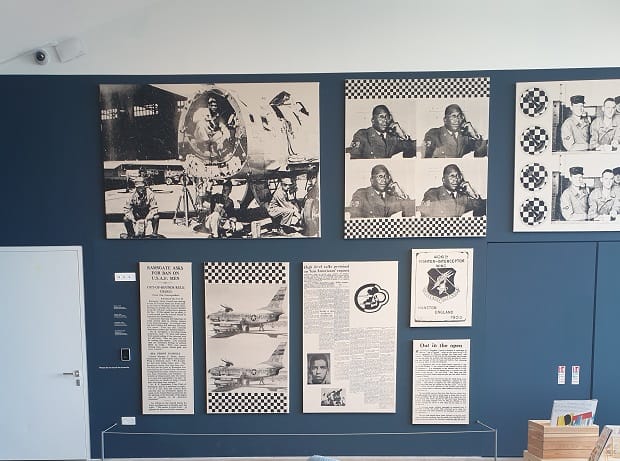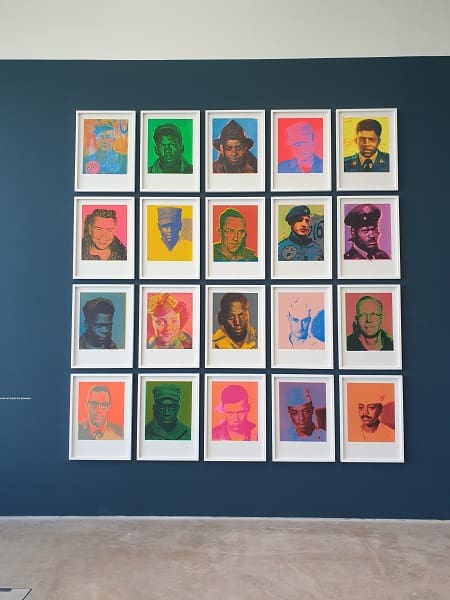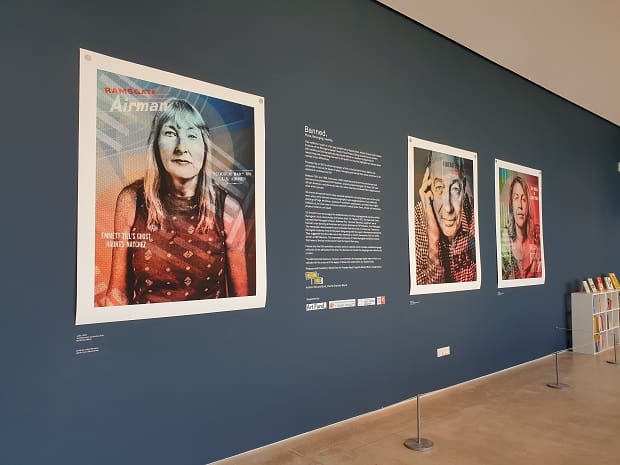
The forgotten story of a group of Ramsgate residents who tried to overturn the town’s ‘Colour Bar’ is the subject of a new exhibition at Turner Contemporary.
Between 1951 and 1958, 2,500 United States Air Force (USAF) personnel were stationed at RAF Manston. Two hundred were Black, and there were also non-white American personnel from indigenous and other ethnic groups.
US airmen abroad still had to obey stateside legislation, including observance of Jim Crow laws, which were statutes enforcing segregation and marginalisation of non-whites by denying suffrage, education, freedom of movement, employment, and other basic rights. Defiance of Jim Crow laws commonly resulted in verbal abuse, fines, arrests, jail sentences, physical violence, and death. US Armed Forces encouraged the establishment of similar segregationist practices.
While the white personnel had the freedom of the Isle when off-duty, the Black and Native American personnel were restricted to Ramsgate and were actively banned from visiting Margate.
In August 1957, Ramsgate’s Mayor, Alderman Rev. Harcourt-Samuels sought to join Margate, by banning the Black USAF servicemen from the town.
A number of Ramsgate residents wrote to the local papers in support of the Black personnel, and their advocacy made the local event a much bigger story.
Exhibition curator Sabina Desir discovered the story, and sought to bring it to the fore, in Banned: Place, Belonging, Identity. However, for me, it is artist Charlie Evaristo-Boyce who really brings it to life.

He has created 200 portraits of servicemen in a bold, pop art style, clearly referencing the work of Andy Warhol. Twenty are on show in the Clore space at Turner Contemporary. He says: “Because of the layers and the way colour pops through, you can see the personality in them”. And you really can – these are now real people, with real stories, not just black and white photographs.
He has also blown up contemporary press cuttings, and ephemera like a USAF squadron’s badge, and screenprinted them onto a raw canvas at a huge scale. This act has taken the story from being a few press cuttings to something that fills a gallery, making a story largely forgotten outside of local history circles into something that can’t be ignored.
Evaristo-Boyce is a familiar local artist – his screenprints of the word Amazing in various sizes are iconic, and represent a certain phase of Margate’s regeneration story. And he has explored his own ancestry before, with portraits of his ancestors which were exhibited in Turner Contemporary’s Open exhibition. But this exhibition feels like a step up, a maturing of his work and a refinement of the ideas he’s interested in.

Three photographs by Richard Birch, of the children of USAF servicemen from Manston, connect the history to the present.
Together, Desir, Birch and Evaristo-Boyce have ensured that a story of racism – and importantly the people who challenged it – is not forgotten. It’s a simple, elegant, but powerful exhibition.
Banned. is part of a two-year project led by Sabina Desir, Artistic Director and Creative Producer of the Ramsgate-based Freedom Road Project. The exhibition runs from Saturday 4 February – Monday 8 May.
Dan Thompson regularly writes about the arts for Isle of Thanet News. Living in Ramsgate and based at Marine Studios in Margate, he works for one of Arts Council England’s National Portfolio Organisations, B arts in Stoke-on-Trent, and is on the board of another, Talking Birds in Coventry.

